Navigating The Year Of Grace: A Comprehensive Guide To The 2025 Liturgical Calendar
Navigating the Year of Grace: A Comprehensive Guide to the 2025 Liturgical Calendar
Navigating the Year of Grace: A Comprehensive Guide to the 2025 Liturgical Calendar
Introduction
In this auspicious occasion, we are delighted to delve into the intriguing topic related to Navigating the Year of Grace: A Comprehensive Guide to the 2025 Liturgical Calendar. Let’s weave interesting information and offer fresh perspectives to the readers.
Table of Content
Navigating the Year of Grace: A Comprehensive Guide to the 2025 Liturgical Calendar
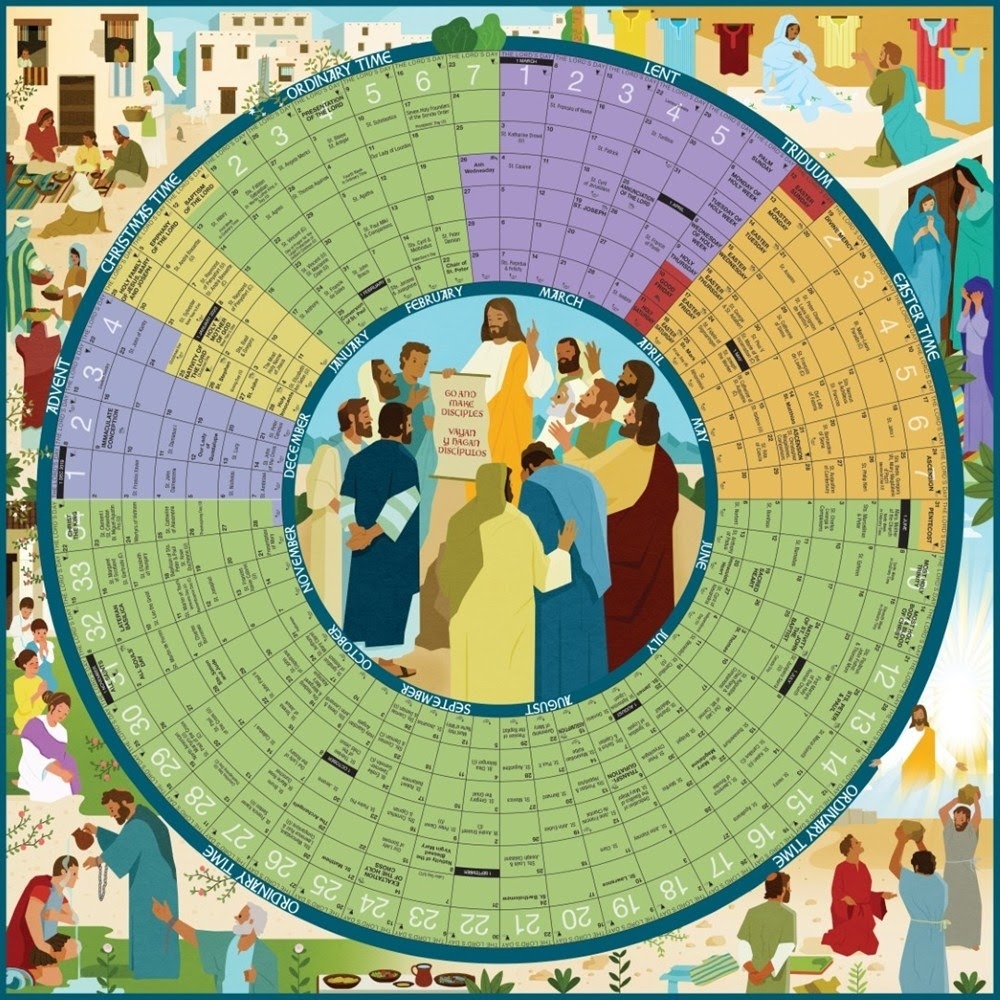
The liturgical calendar, a cornerstone of Christian tradition, provides a framework for understanding the rhythm of the church year. It outlines the key celebrations, commemorations, and readings that guide the spiritual journey of believers. For 2025, the liturgical calendar offers a rich tapestry of faith, providing opportunities for reflection, prayer, and engagement with the sacred narrative.
Understanding the Structure:
The 2025 liturgical calendar is structured around the cycle of the Christian year, beginning with the season of Advent, a time of anticipation and preparation for the coming of Christ. This leads into Christmas, a joyous celebration of the birth of Jesus, followed by the Epiphany, marking the revelation of Christ to the world.
The season of Ordinary Time, spanning the majority of the year, is marked by a focus on the teachings and life of Jesus. This period is punctuated by key events like Lent, a time of reflection and repentance leading up to Easter, the central celebration of the Christian faith, commemorating the resurrection of Christ. The Easter season culminates in Pentecost, marking the descent of the Holy Spirit upon the apostles.
Key Features of the 2025 Liturgical Calendar:
- Advent (November 30 – December 24): This season emphasizes themes of hope, peace, joy, and love. It is a time of preparation for the birth of Jesus and the coming of the Kingdom of God.
- Christmas (December 25 – January 5): The celebration of the birth of Jesus is marked by joy, festivity, and a focus on the Incarnation, the Word becoming flesh.
- Epiphany (January 6 – February 2): This season celebrates the revelation of Christ to the world, particularly through the visit of the Magi and the baptism of Jesus.
- Ordinary Time (February 3 – March 29 & May 27 – November 29): This period focuses on the teachings and life of Jesus, providing opportunities for reflection and growth in faith.
- Lent (March 30 – April 12): A season of prayer, fasting, and repentance, Lent prepares believers for the celebration of Easter.
- Holy Week (April 6 – April 12): The week leading up to Easter, commemorating the Passion, death, and burial of Jesus.
- Easter (April 13): The central celebration of the Christian faith, marking the resurrection of Jesus from the dead.
- Easter Season (April 13 – May 26): This season focuses on the joy and triumph of the resurrection and the outpouring of the Holy Spirit.
- Pentecost (May 26): This feast celebrates the descent of the Holy Spirit upon the apostles, marking the birth of the Church.
- Ordinary Time (May 27 – November 29): This period continues the focus on the teachings and life of Jesus, leading into the season of Advent.
The Importance of the Liturgical Calendar:
The liturgical calendar serves several vital purposes:
- Provides a Framework for Spiritual Growth: It guides believers through the year, offering a structured path for reflection, prayer, and engagement with the Scriptures.
- Enhances the Understanding of Christian History: It helps to connect the present with the past, highlighting the key events and figures that shaped Christian faith.
- Fosters a Sense of Community: By participating in shared celebrations and commemorations, believers experience a deeper sense of unity and belonging within the church.
- Offers Opportunities for Reflection: The liturgical year provides time for reflection on personal faith, seeking God’s guidance and grace in everyday life.
- Inspires a Life of Service: The liturgical calendar inspires believers to live out their faith through acts of service, compassion, and justice.
Utilizing the Liturgical Calendar:
The 2025 liturgical calendar can be used in various ways to enhance the spiritual journey:
- Daily Prayer and Reflection: Utilize the daily readings and themes to guide personal prayer and reflection.
- Family Devotions: Incorporate the liturgical calendar into family traditions, creating shared experiences of faith.
- Community Gatherings: Participate in church services and events that mark key celebrations and commemorations.
- Personal Study and Growth: Explore the Scriptures and theological resources related to the current season or feast day.
- Acts of Service: Align acts of service and outreach with the themes and values of the liturgical year.
Frequently Asked Questions:
- What are the main differences between the liturgical calendars of different Christian traditions? The structure and specific dates of the liturgical calendar can vary slightly between denominations. For example, the Eastern Orthodox Church follows a different calendar system than the Western Christian traditions.
- How can I find a printable version of the 2025 liturgical calendar? Several resources are available online and in print that provide printable versions of the 2025 liturgical calendar. Search for "2025 liturgical calendar printable" to find options tailored to your specific denomination.
- What are some helpful resources for understanding the liturgical calendar? There are numerous books, articles, and websites dedicated to explaining the liturgical calendar and its significance. Consult your local church or religious bookstore for recommended resources.
- How can I make the most of the liturgical year? Engage actively in the liturgical calendar by attending church services, participating in prayer and reflection, and seeking opportunities for service and growth in faith.
Tips for Utilizing the Liturgical Calendar:
- Choose a specific liturgical calendar: Select a calendar that aligns with your denomination and personal preferences.
- Mark important dates: Circle or highlight key dates on the calendar, such as feast days, holy days, and seasons.
- Use it for prayer and reflection: Dedicate time each day to pray and reflect on the readings and themes of the current liturgical season.
- Share it with others: Encourage family and friends to use the liturgical calendar as a guide for their own spiritual journeys.
- Attend church services: Participate in church services and events that mark the various celebrations and commemorations.
Conclusion:
The 2025 liturgical calendar offers a rich tapestry of faith, providing a framework for understanding the rhythm of the church year and fostering spiritual growth. By engaging with the calendar’s structure, key events, and themes, believers can deepen their understanding of Christian history, cultivate a sense of community, and live out their faith in a meaningful and purposeful way. It serves as a guide for navigating the year of grace, offering opportunities for reflection, prayer, and engagement with the sacred narrative, ultimately enriching the spiritual journey and fostering a deeper connection with God.
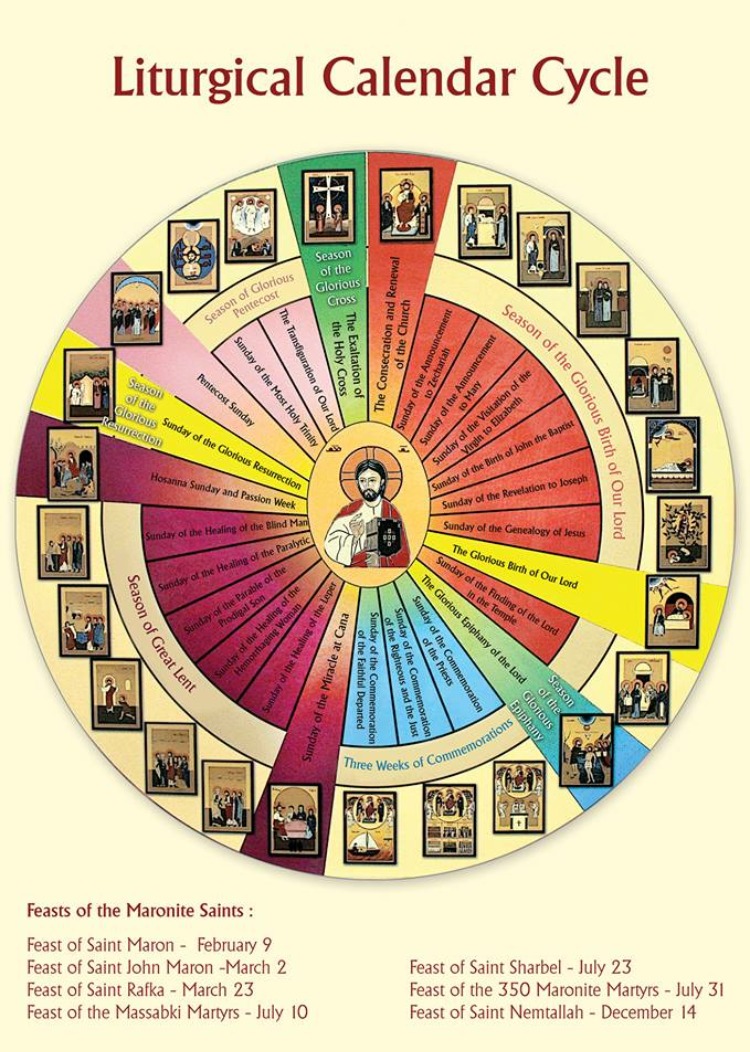
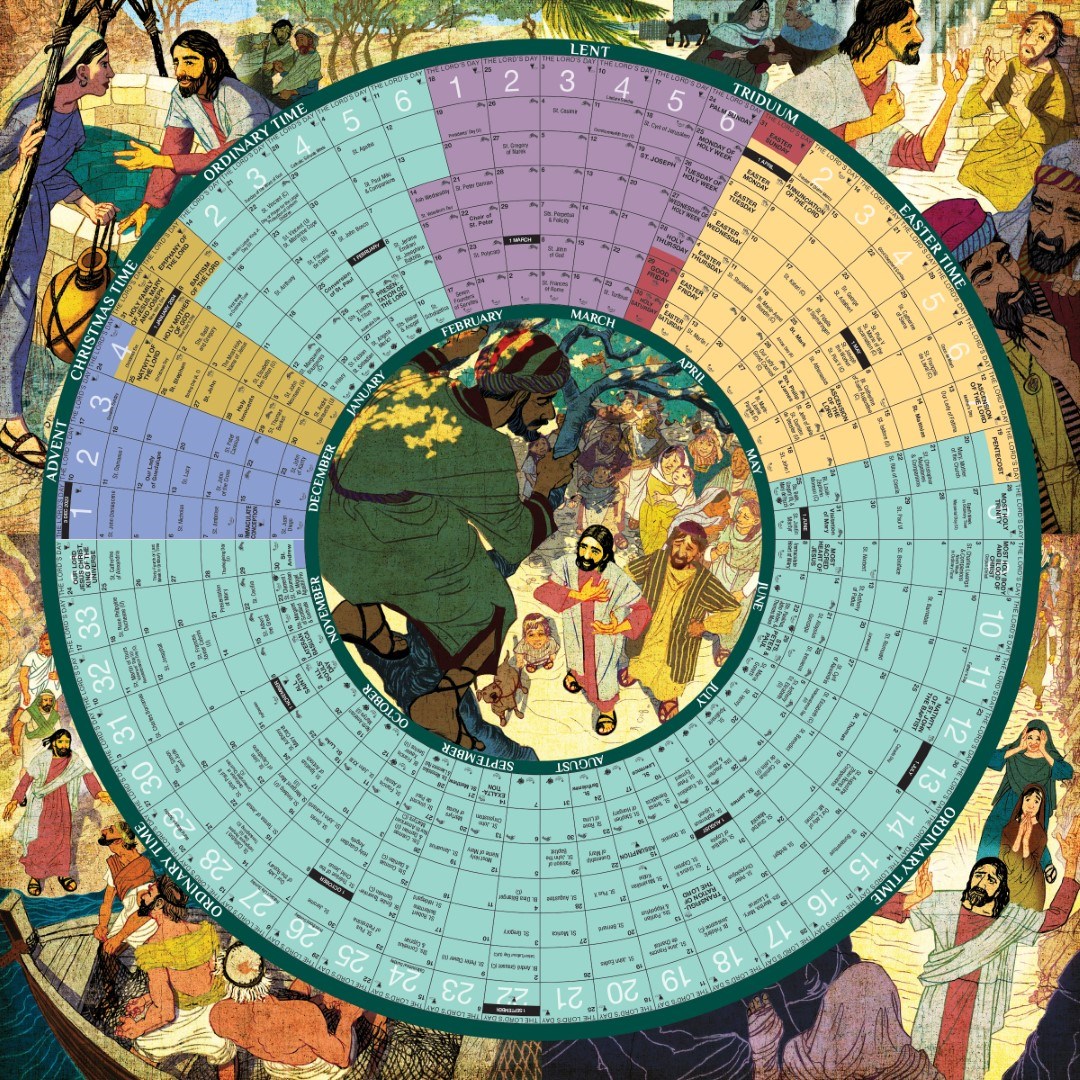
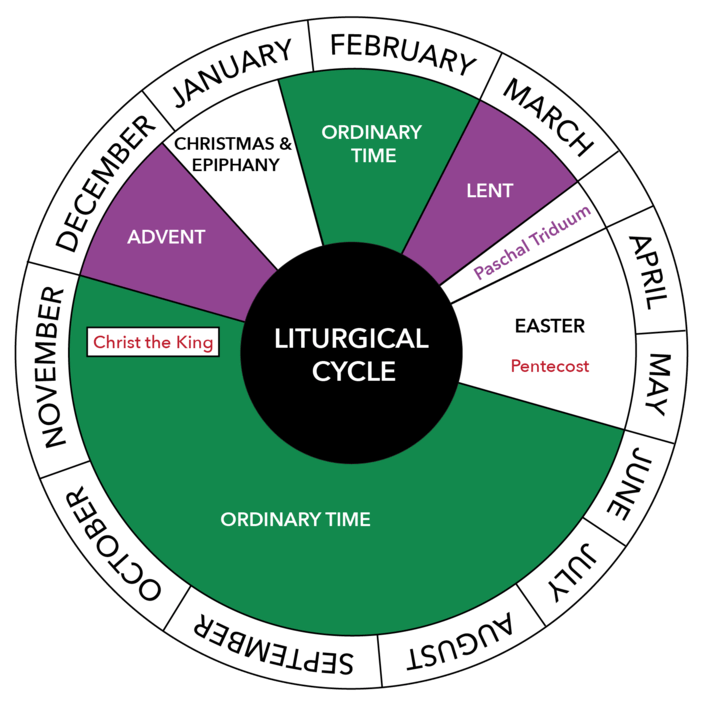
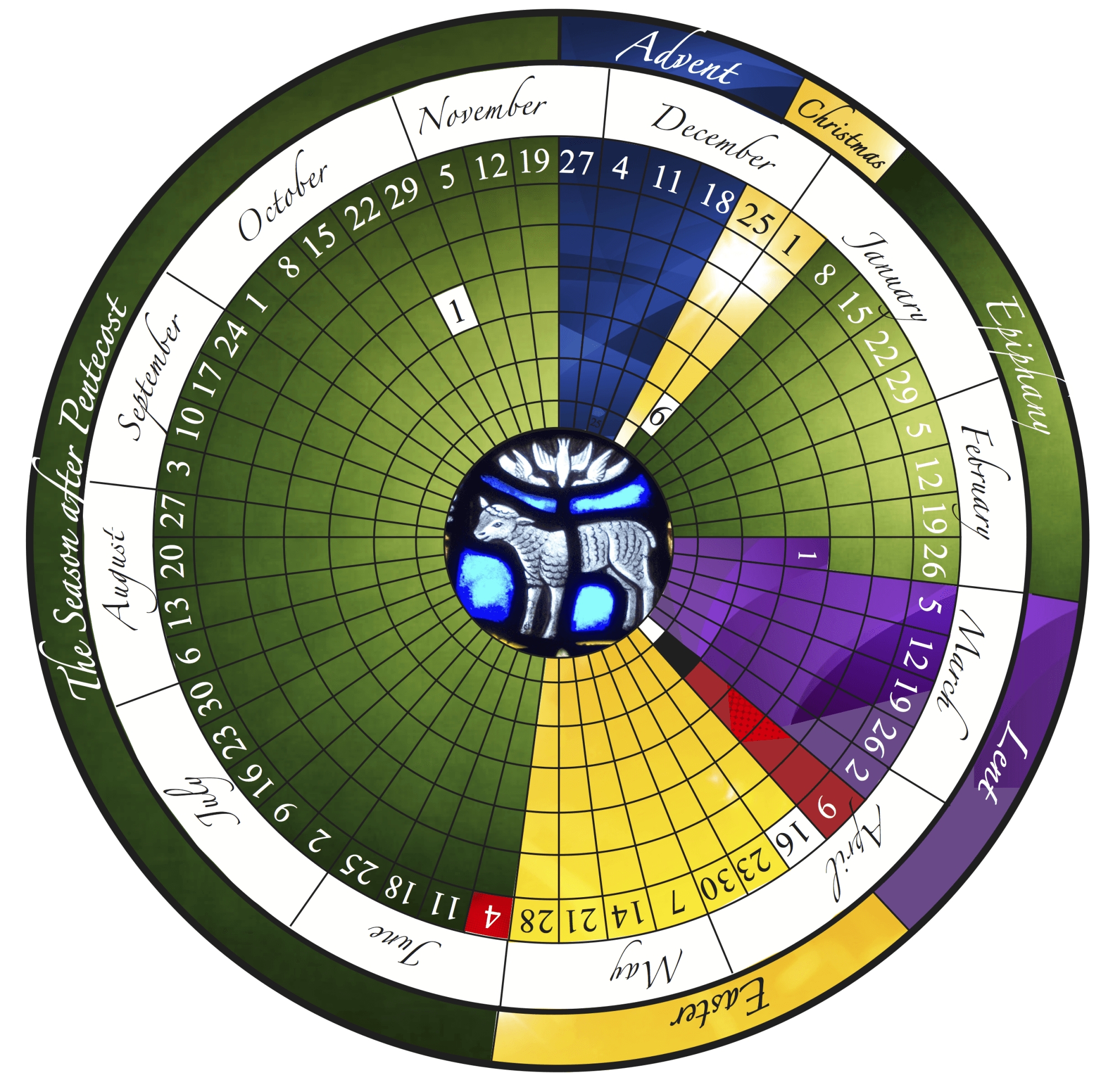

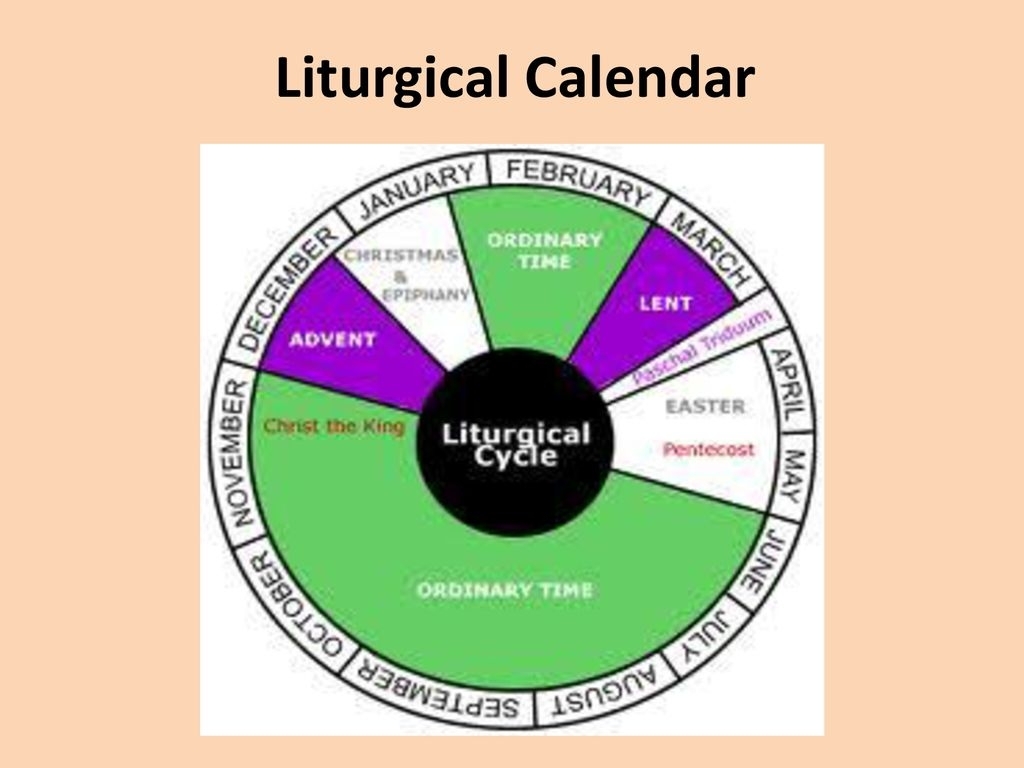

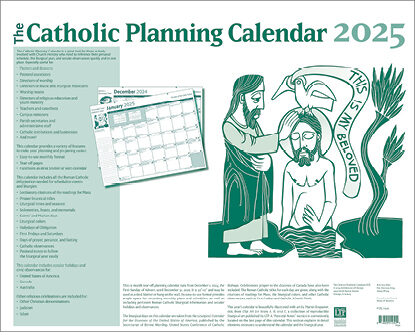
Closure
Thus, we hope this article has provided valuable insights into Navigating the Year of Grace: A Comprehensive Guide to the 2025 Liturgical Calendar. We thank you for taking the time to read this article. See you in our next article!